Pathological Identification Clusters (Installation with single channel video, 02008-02010)
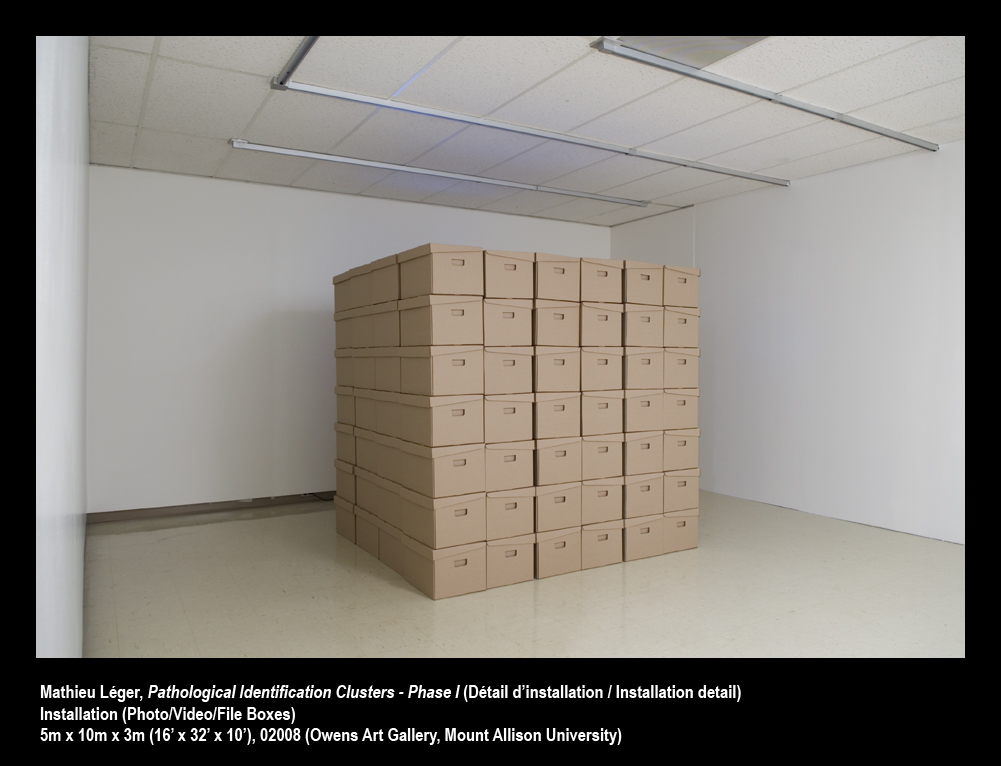


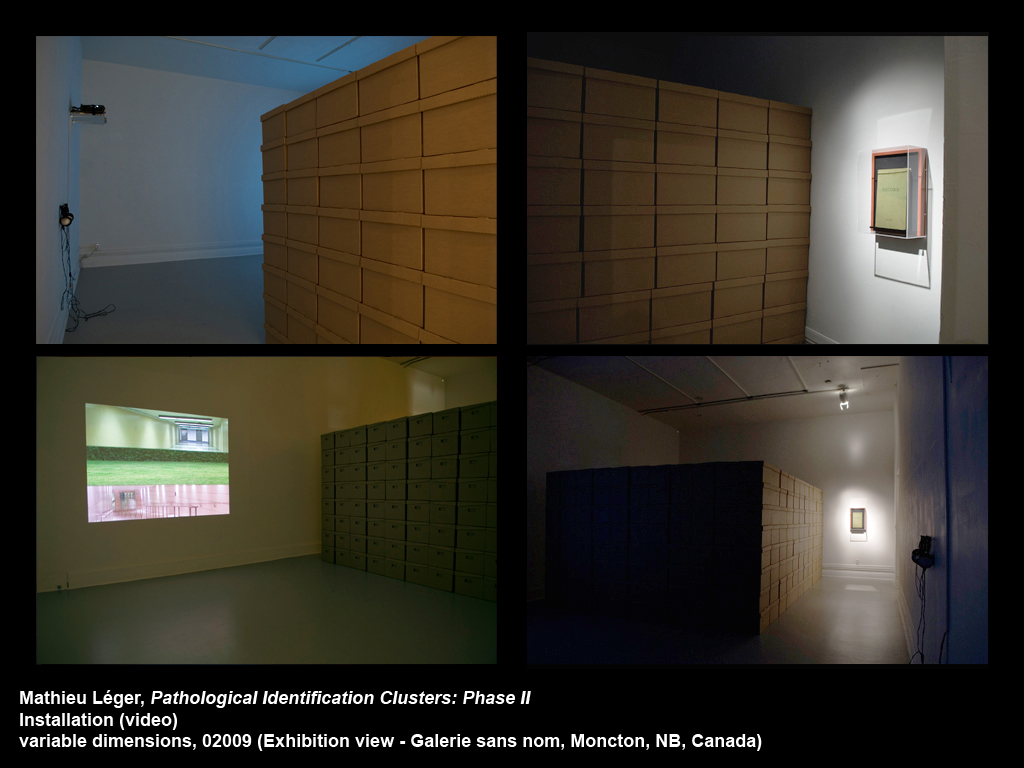
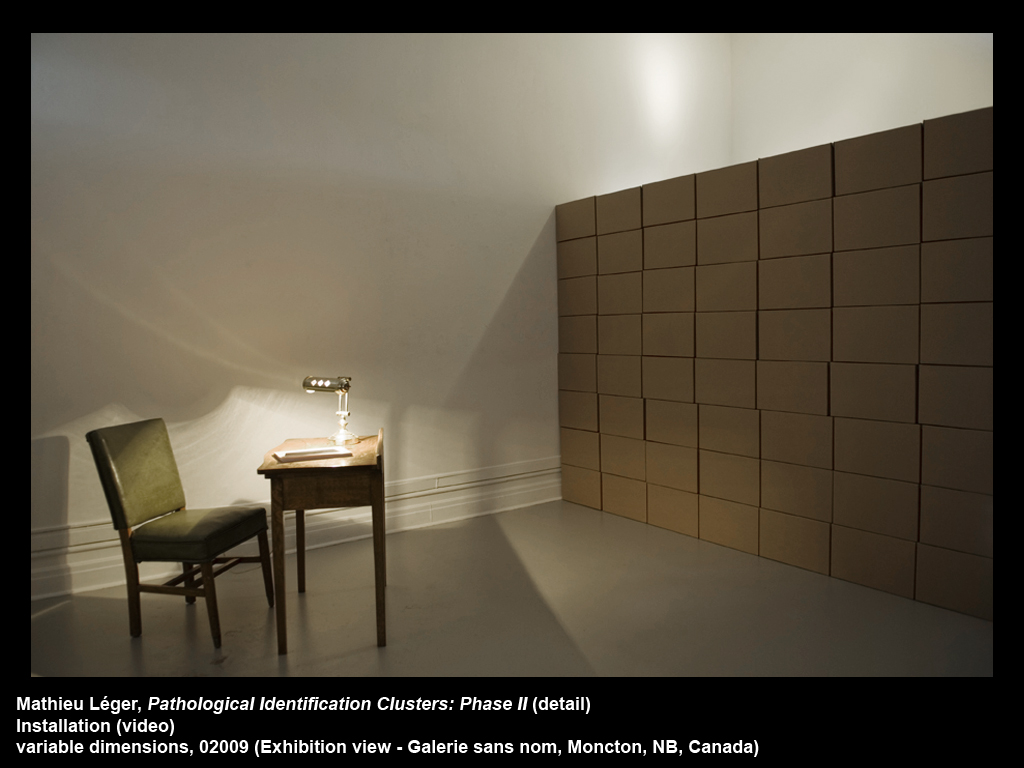
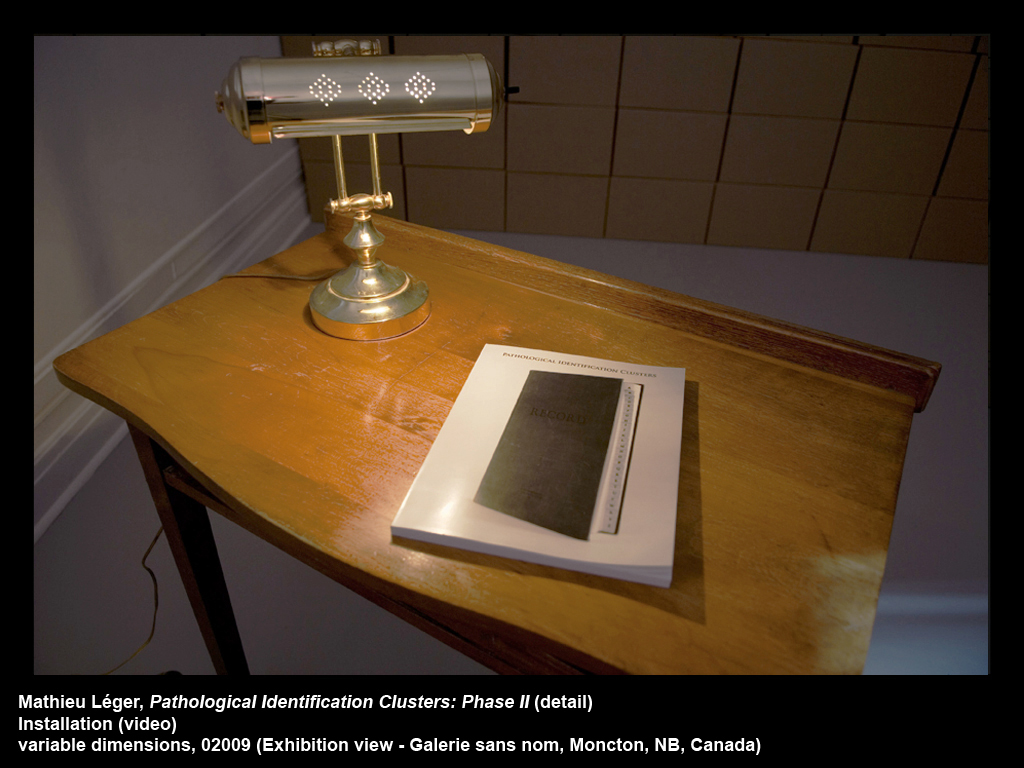
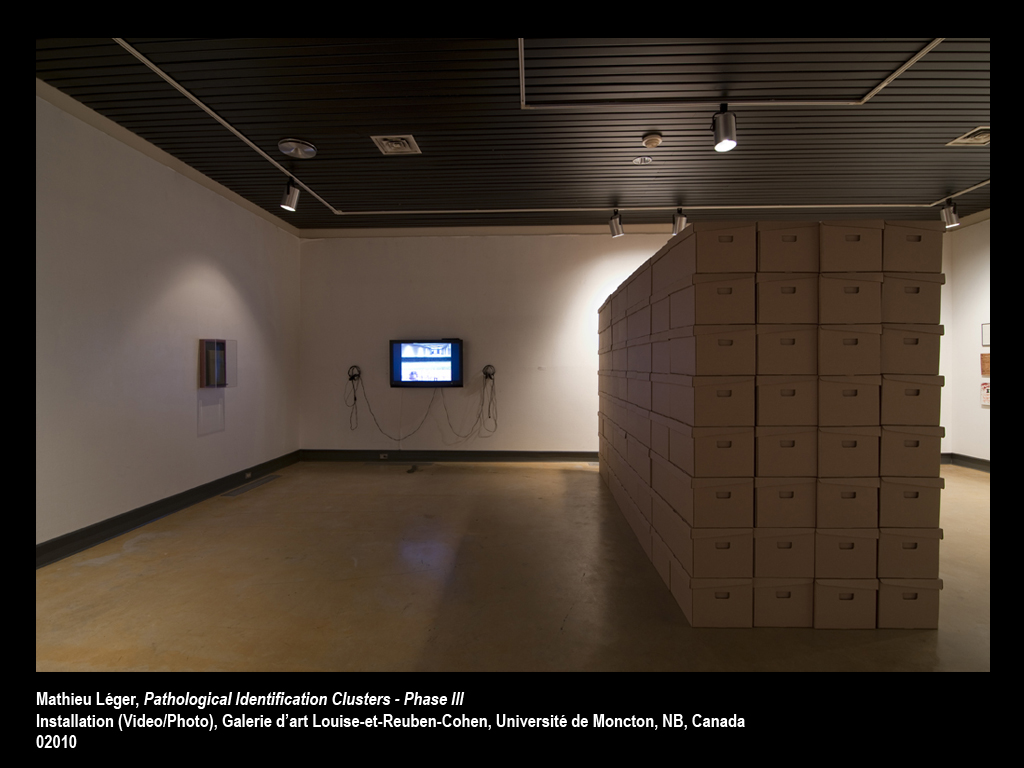

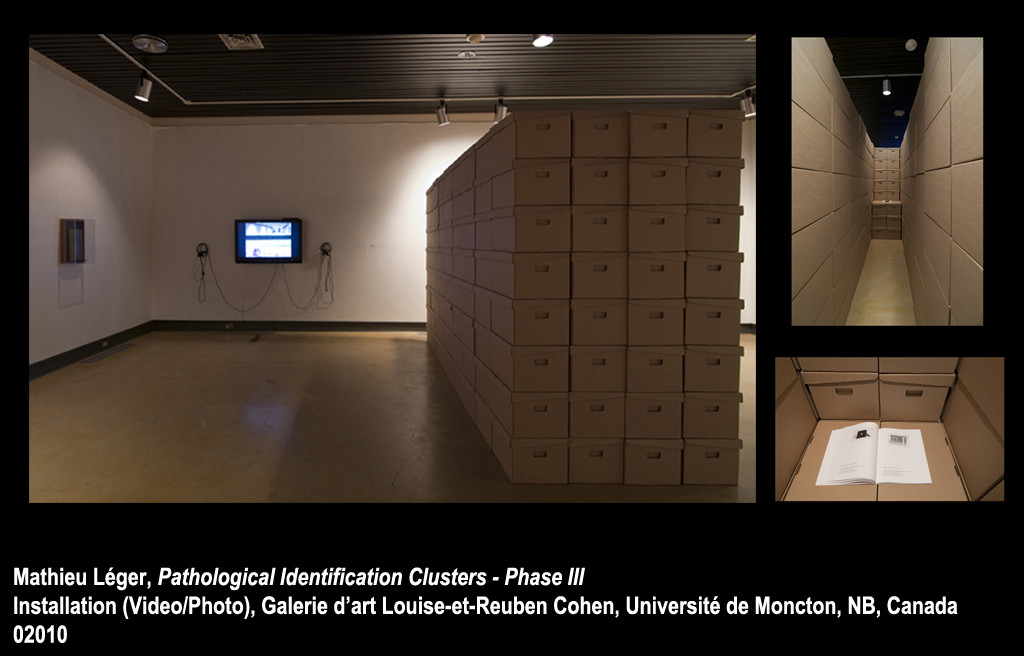
Objects. What are they? Why are they important? How do I describe myself through them? How could you use them to describe yourself? If you were asked to choose one object as being the most important one in your life, what would it be? Through my work in sculpture, where I use objects as evidence of something that has passed such as an event or invention, I have come to inquire about the reasons for which I accumulate. Why have I filled my studio with both bought and found objects?
In 02006, I began documenting all the objects I had accumulated. I asked myself whether people could identify me through my collection. This led me to inquire about the reasons I had in photographing them. Which led me to ponder what I would be doing with the photographs of the objects. This brought my attention to the medium of video, which is a collection of still images that fool us into thinking there is movement. And so, the idea of time through objects came to me. I began thinking of digital photography as being just as finite as video because photographs are now often presented as a slideshow, therefore making them finite. I decided I would build a video project around the idea of these photographs of objects.
“Persons are always the primary agents but artworks and other inanimate objects can be agents in a secondary or indirect sense, for although they themselves are not intentional beings they frequently act as the mediums through which people 'manifest and realize' their intentions (p.21). As such they are 'extensions' of the persons whose agency they express - part of their 'distributed' personhood (see especially Chapter 7). Agent and patient are relational concepts: for every agent there must be a patient, and vice versa (p.22).” -Ross Bowden, A Critique of Alfred Gell on Art and Agency
The intent is for people to explore the idea that a collection of objects, in a catalogue form, could be considered as anthropological or cultural evidence and, as such, becomes a portrait of a community. These catalogues also play with the idea of false catalogues raisonnés (descriptive catalogues of works of art with explanations and scholarly comments). The absence of the actual objects is a metaphor for the manufacture of desire and desire itself.
L'artiste désire remercier les organismes suivants pour leurs appui :
The artist would like to acknowledge the following organizations for their support:
artsnb • Vidéographe Production • Conseil des arts du Canada • Ateljé Stundars • KulturÖsterbotten